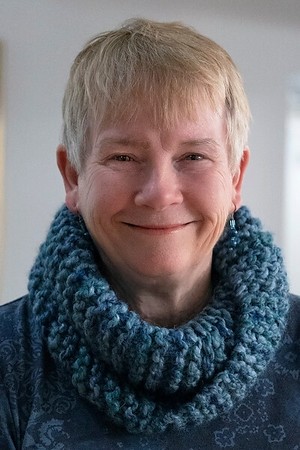We recently connected with Sioux Roslawski and have shared our conversation below.
Sioux, looking forward to hearing all of your stories today. So let’s jump to your mission – what’s the backstory behind how you developed the mission that drives your brand?
I was on a mission to get the story of the Tulsa Race Massacre told. This was back in 2015–before it came into the news when the 100-year commemoration happened. I traveled to Tulsa, I wrote a manuscript, and I had it professionally edited. (The editor said it stunk–in very kind terms–and gave me specific advice on how to rewrite it.) I then started from scratch, had it edited again (by the same editor, who called it “perfect”) and then submitted it. And submitted it. And submitted it some more–to over 140 agents and publishers.
By that time, my editor had started up her own publishing house. I emailed her, asking her two questions: How much would it cost me to publish my book, and would she be interested in publishing my manuscript? She said it would cost me nothing, and then she said the best seven words I’ve ever head. “I would love to publish your book!”
Since then, I’ve gotten a bit of pushback because I’m White, telling a story from the perspective from a Black young man. I understand. The publishing world is still not on even ground. Writers of color–their voices are not heard as frequently and as loudly as they should be. And I get it. Perhaps I shouldn’t be telling Henry Simmons’ story (Henry is a fictional character). However, too many strange things happened when I was writing the second version of the story. It was if I was just the conduit, just the typist and someone else was telling the story.
Perhaps since all those lives were lost that day and a half back in 1921, one single voice bubbled up from one of the mass graves, begging to be heard…
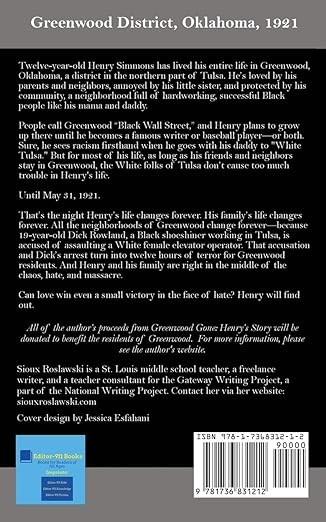
Sioux, love having you share your insights with us. Before we ask you more questions, maybe you can take a moment to introduce yourself to our readers who might have missed our earlier conversations?
I’m a teacher and a writer. I write alongside my students. My passion for telling the story behind the Tulsa Race Massacre came from being ashamed because many people had no idea what had happened back in May 1921. Having a whole section of a city being looted, and then burned down, leaving 10,000 people homeless in a day and a half… and most people had never heard or read about it? It was not something I thought should be swept under the rug and kept there, hidden.
My students nudged me along. If it weren’t for them, I never would have finished the first draft. I had one student, Danny Hochstetter, who asked me occasionally, “How’s your book going?” and “Have you finished your book yet?” Danny hated to read and he only cracked a book open when I forced him to, but he knew how important this story was to me. When I was rewriting it, I formed an accountability group–writers setting goals for themselves, making the goals public to the group, and then reporting on progress or lack of progress. Never would I have finished the final draft of the book without the push from my accountability group.
I’m proud of the book. It tells the story from the perspective of one family. It snagged a great review from the St. Louis Post-Dispatch. It’s gotten wonderful online reviews. It’s been read by book clubs–Black and White clubs–and the response is overwhelmingly positive. My sixth graders read it, and since I hired a rapper-friend to make an audio version, they love the book but they love even more that an old lady isn’t reading it aloud for them. (They insist it’s not me they’re referring to–ha!)
For you, what’s the most rewarding aspect of being a creative?
There’s not just one aspect that’s my favorite when it comes to being a writer. One that runs through all writing is revision. It’s a four-letter word, a curse of writers, but I find it exhilarating to take a rough draft–something that has lots of holes and very little gems–and craft and carve it into something that can make people cry… that can make people laugh.
Another reward for writers is the connection that’s made between the writer and the reader. Stories can pierce the heart. Readers reconfigure their past when they read a book. They can heal, they can change their mind, they can expand their horizon–just from reading a story. Speaking to readers, and hearing of their experiences, their questions–that’s rejuvenating.
And the way my world changes, via the research I do and the characters I immerse myself in, is another huge reward…
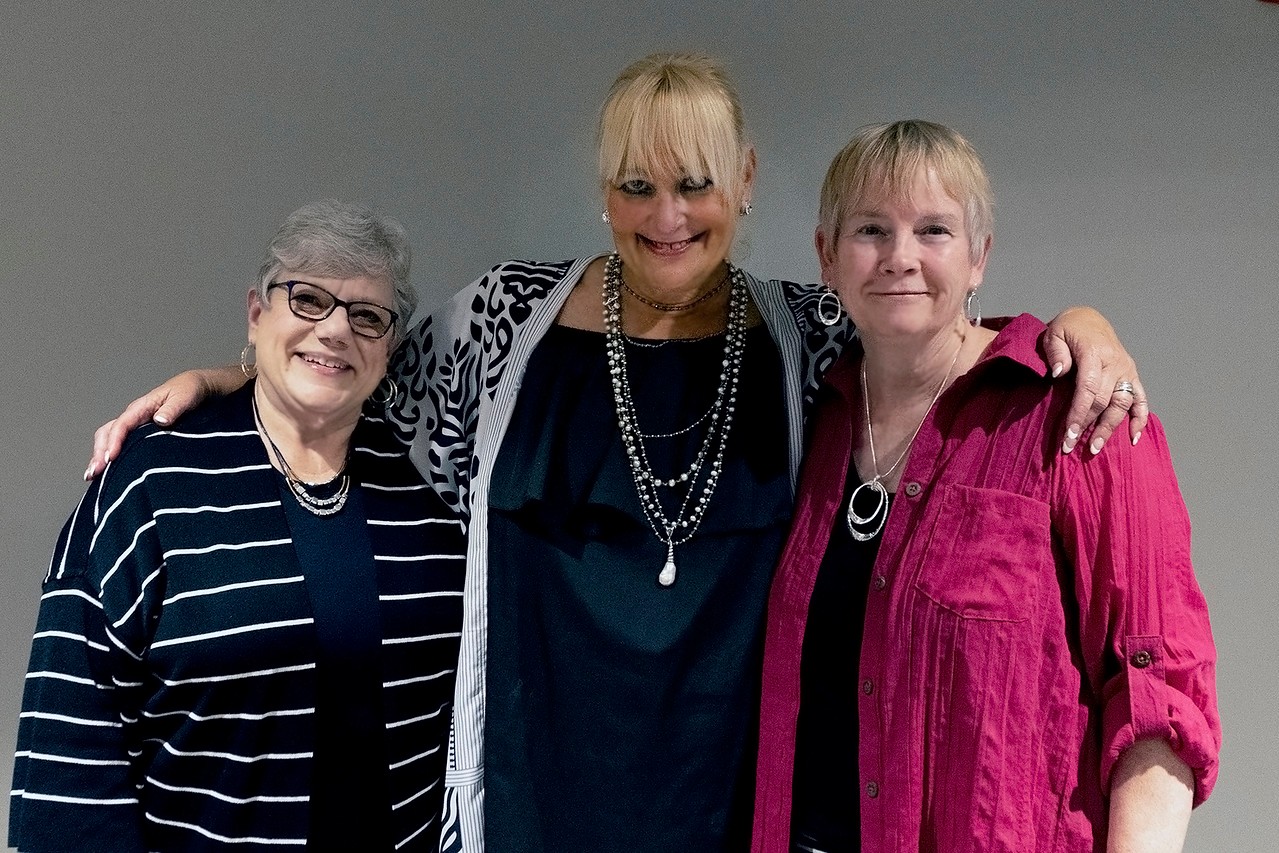
Can you share a story from your journey that illustrates your resilience?
I believed in my manuscript. Deep down, I knew it had value. When samples or queries are sent to publishers and agents, most of the time, there is no response. In this case, no news is bad news.
Over a year and half, I sent out letters. I fantasized that I hadn’t heard because a few of the publishers were–unbeknownst to me–fighting over my manuscript. They were pulling each other’s hair out, arguing about the high advance they would offer me. Of course, this was just happening in my head, but it kept me laughing and it kept me going.
I also looked up how many times world-famous books were rejected before they got snapped up by a publisher. I remember reading that Kathryn Stockett’s book “The Help” received 60 rejections. That book made me laugh and cry. It’s one of my favorite novels. What if Stockett–certainly despondent at times–stopped when she got to number 52? What if she gave up after the 60th, not knowing that just around the corner, an acceptance and international fame was right around the corner?
I knew the key was perseverance. If I gave up, I’d never know what was around the corner…
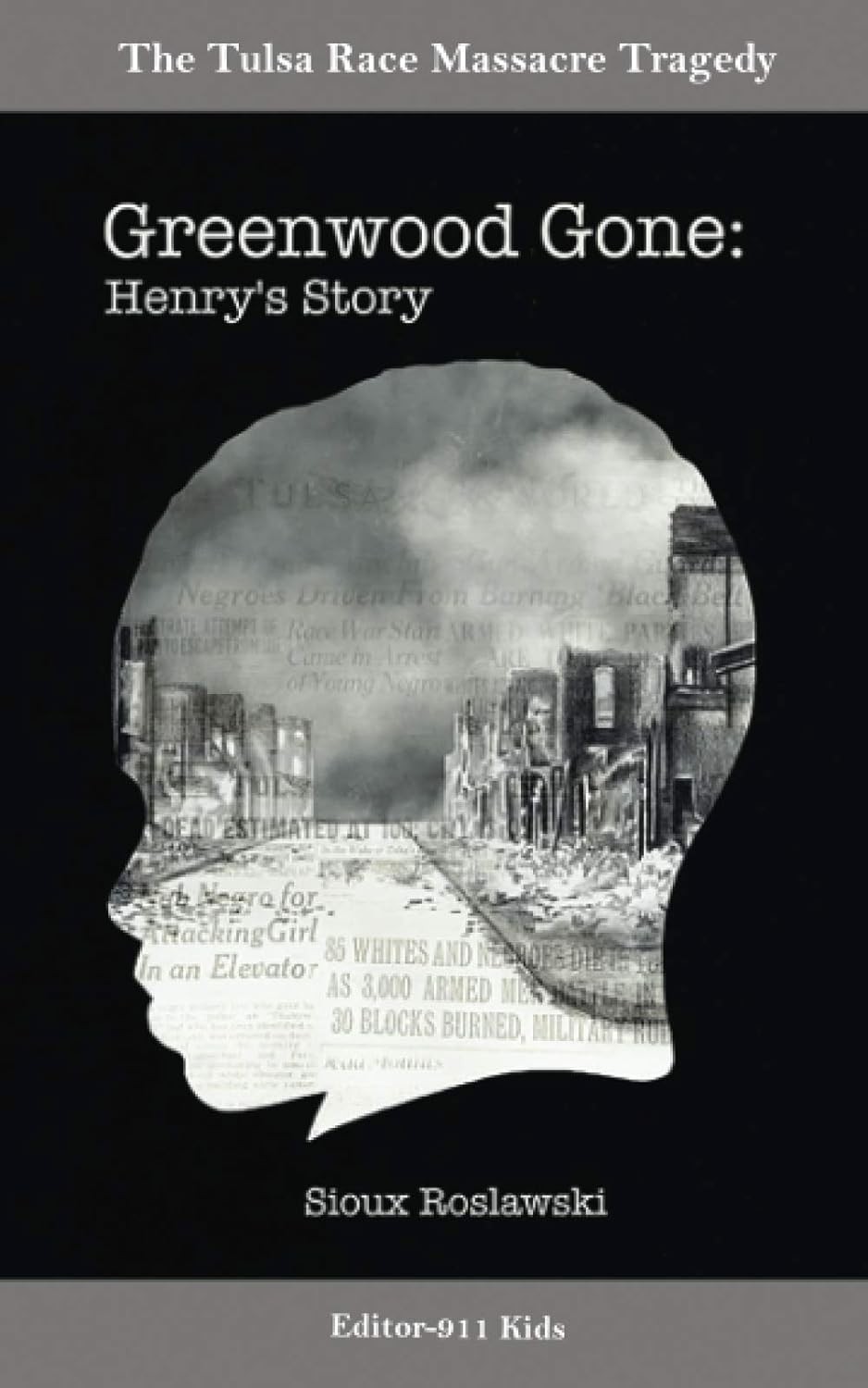
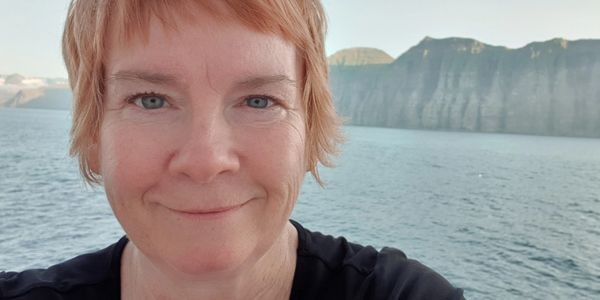
Image Credits
Sioux Roslawski Caren Libby Tom Ray


